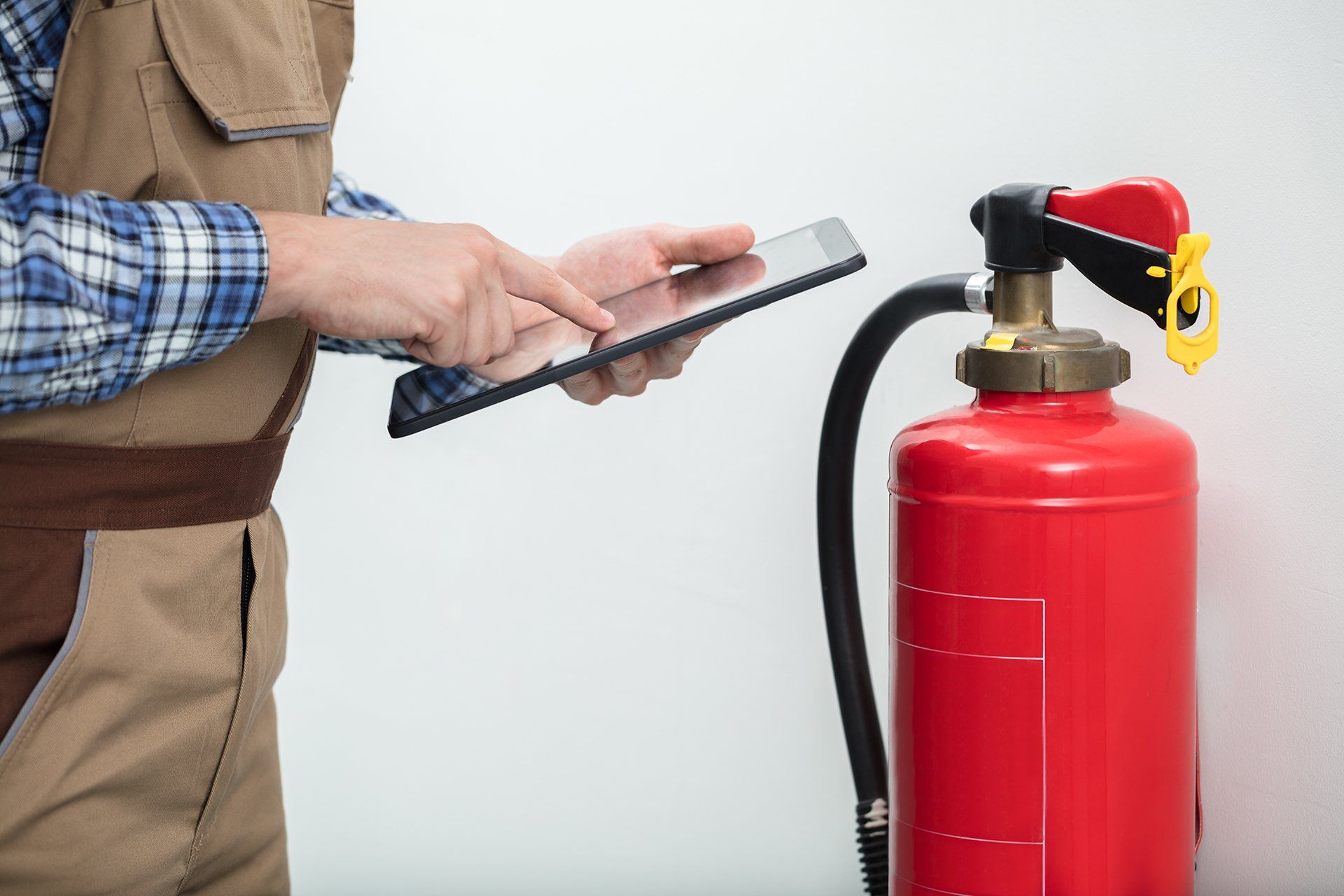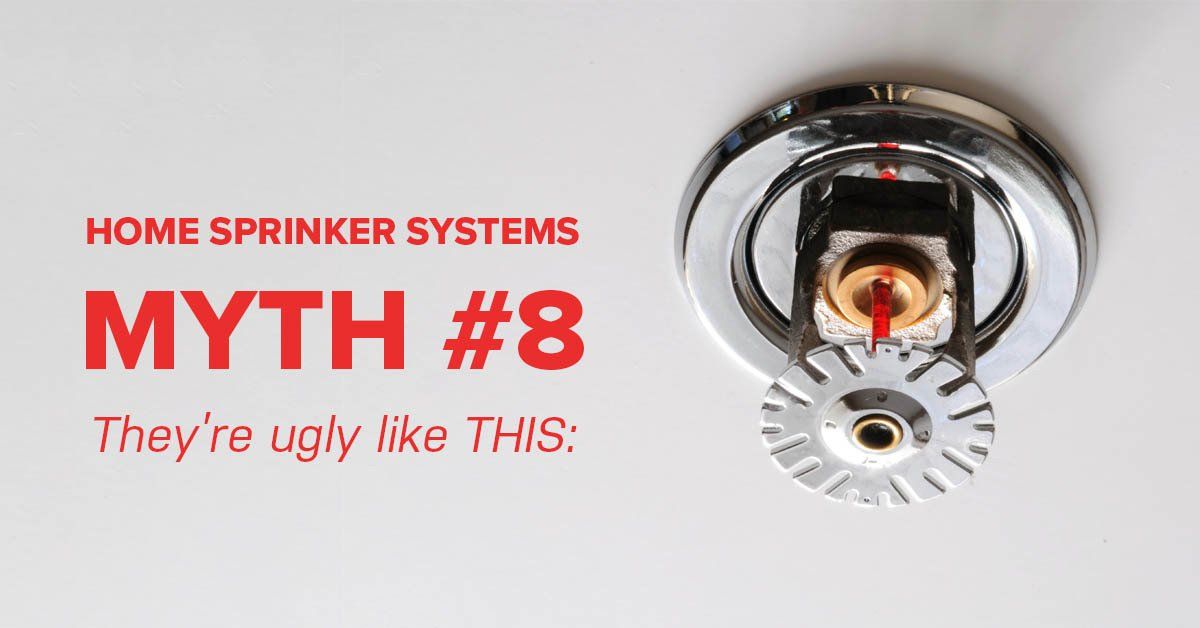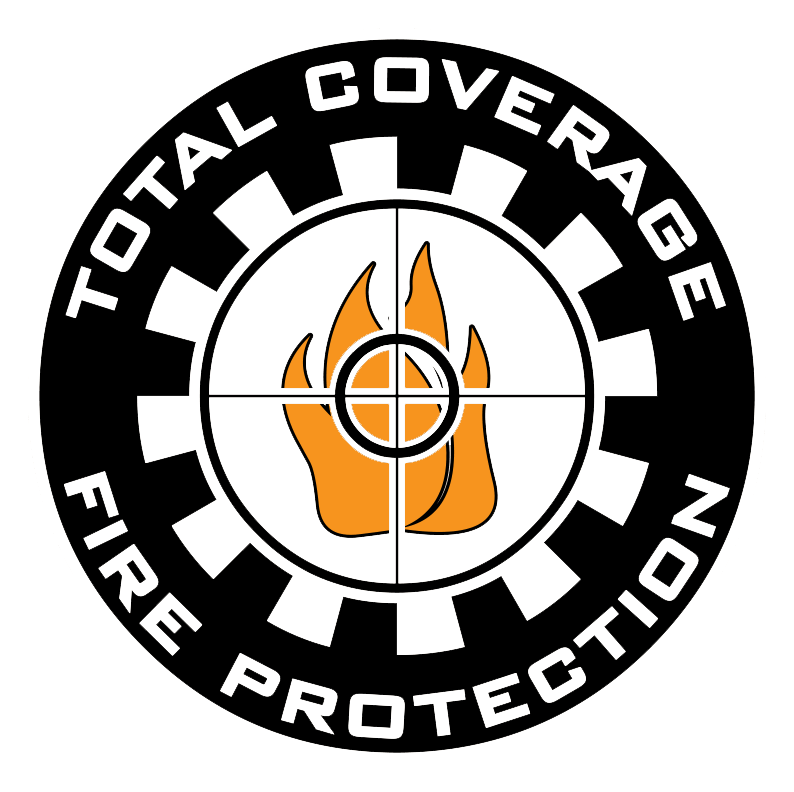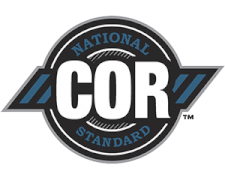What are the different types of Fire Extinguishers?
It's not just about size. Not every fire extinguisher is the same.
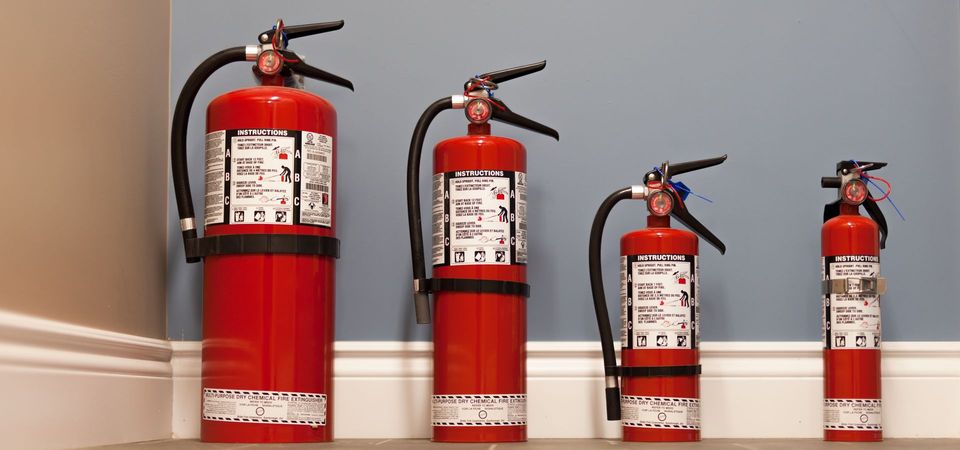
Make sure the equipment protecting your office and home are going to work when you need them.
There are different kinds of fire extinguishers and different kinds of fire. Choosing the right fire extinguisher can be the difference between a safely resolved situation and one made much worse.
Types of Fire Extinguishers
Water & Foam
You’re probably familiar with the classic “fire triangle”. Any fire needs fuel, oxygen and heat to burn. the Water & Foam Fire Extinguisher puts a fire out by removing the heat component. Foaming agents found inside of these also remove oxygen from the other elements. There are only for Class A fires and can be extremely dangerous if used on other kinds of fires.
Carbon Dioxide
Focusing on the oxygen element of the fire triangle, Carbon Dioxide Fire Extinguishers are effective on Class B & C fires, but are usually ineffective on Class A Fires. Since the rapid decompression of the gas causes the discharge to be quite cold, they often also remove heat from a fire.
Dry Chemical
The combination of oxygen, fuel and heat causes a chemical reaction. The Dry Chemical Fire Extinguisher is the most widely used today because it works by creating a barrier between the oxygen and fuel, stopping the chemical reaction in its tracks. They’re effective on Class A, B and C fires and are the most widely used in the world today, thanks to their effectiveness and versatility.
Wet Chemical
This kind of extinguisher also focuses on shutting down the chemical reaction of a fire and have a special agent in them that prevents a fire being re-ignited. Class K Wet Chemical Extinguishers were developed for commercial kitchen operations where fat fryers (deep fryers) are in use.
Clean Agent
These are fire extinguishers with an environmentally friendly bend, using halon agents rather than halocarbon agents – meaning they’re less harmful to the ozone. They also focus on interrupting the chemical reaction of the fire triangle. Clean Agent Fire Extinguishers are useful on Class B & C fires primarily, but some can be used on Class A fires.
Dry Powder
Dry Powder extinguishers are like Dry Chemical extinguishers in their use of chemical agents to create a barrier between oxygen and fuel, but they’re designed only for use on Class D (combustible metal) fires only. They’re not to be used on any other class of fire.
Water Mist
Another Fire Extinguisher with a green bend, these are very straightforward. They simply shoot a mist of water at the fire to remove the heat element of the fire triangle. However, their application is more limited than the Dry Chemical Fire Extinguishers. They are primarily for Class A fires but are also safe for use on Class C fires.
Don’t forget to have an expert regularly inspect and maintain your fire extinguishers. Just like any mechanical device, they need regular maintenance. Unlike most mechanical devices, when you reach for it you might be depending on it to save your life.
Contact us
today to make sure the fire extinguisher you have is ready to protect you.
You might also like
The Fire Protection Blog
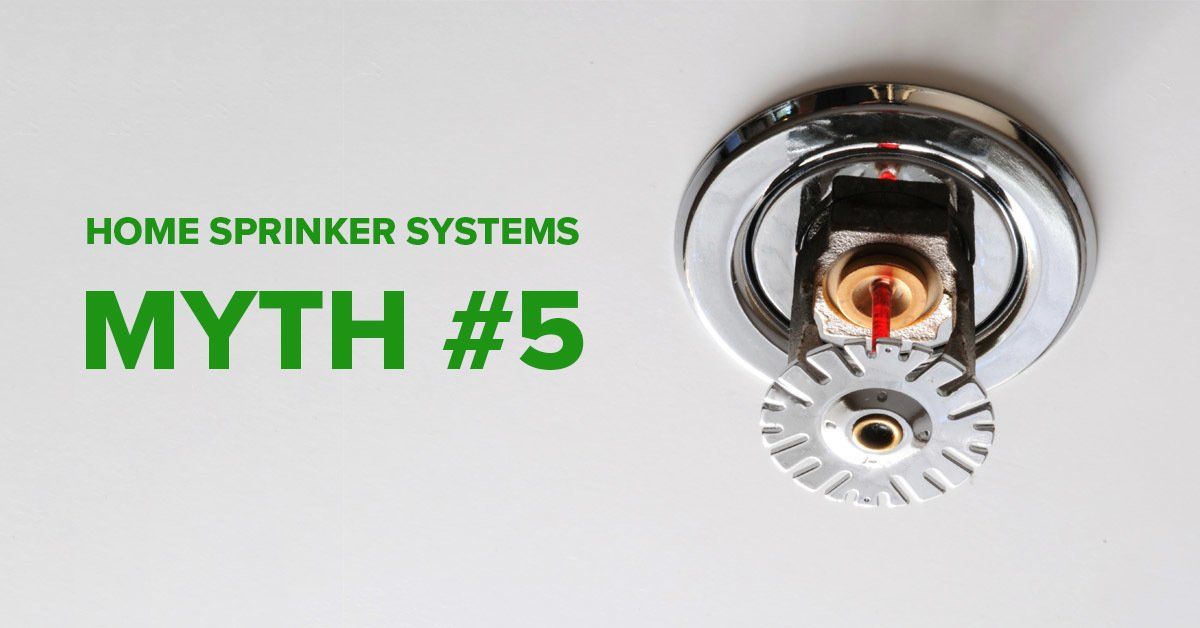
FACT: The standard design for home fire sprinklers is much simpler than the design for more traditional sprinklers like the ones used in commercial buildings. If you install home fire sprinklers, the only “inspection and maintenance” you will need is to (a) walk around your home and make sure the sprinklers are not obstructed by something that would block the water coming out, and (b) avoid turning off the main control valve, which you don’t normally operate anyway.
